Travel & Planning for New Destination Released. Free Shipping to Most Countries Around the World.
Free Shipping to Most Countries Around the World.
The Tianyi Pavilion Library, established by retired Ming Dynasty military official Fan Qin (Right Vice Minister of the Ministry of War), represents Asia’s oldest surviving private library that exists today through one man’s dedication and the fierce protection of several generations. The collection currently preserves nearly 300,000 ancient volumes, including over 80,000 rare and precious editions—not counting the 638 valuable books donated for Emperor Qianlong’s compilation of the Complete Library of the Four Treasuries. Recognized as a National Priority Protected Site, National Ancient Book Protection Center, and National AAAAA Tourist Attraction, its popularity was evident when I visited during the Labour Day Holiday in China, with tickets completely sold out for days before and after the holiday period.
The elderly founder deeply understood the difficulty of both reading and preserving books in the old days, and he implemented ingenious fire prevention measures throughout the pavilion. First, he strategically positioned the library beside Moon Lake to ensure easy access to water. The name “Tianyi” was reportedly inspired by a principle from the I Ching (Book of Changes): “Heaven creates water, Earth completes it,” embodying the concept of “controlling fire with water.” Daily management was equally stringent—only family members theoretically had the right to enter and view the collection, and bringing even the smallest spark was strictly forbidden. The architectural design also reflected meticulous planning, with the living quarters on the western side separated from the library by a fireproof wall, and their entrances set apart from one another.
Throughout historical changes, the library suffered when British forces looted it after the Opium War began, causing many precious books to be lost overseas. Later, during the Xianfeng period of the Qing Dynasty, it was burglarized by Taiping forces. Though Fan Qin’s tenth-generation descendant Fan Bangsui repurchased some items, it represented a significant loss. Later, when Zhang Yuanji learned that some stolen books had been transported to Shanghai, he sent people to redeem a portion, which were then stored in the Hanfen Building of the Oriental Library. Unfortunately, when the Oriental Library was destroyed during the Second Sino-Japanese War, these collected works disappeared into the dust of history.
Among the impressive cultural relics are the Mingzhou Stone Tablet Forest, located near the Fan Family Ancestral Home, which contains famous rubbings including the Shenlong version of the Orchid Pavilion Preface and Northern Wei Dynasty Zhengguang period inscriptions of Buddhist statues by Li Fuzong. Notable artifacts include a Qing Qianlong blue-and-white porcelain vase with intertwined lotus patterns and elephant-ear handles, a Qing Kangxi five-colored porcelain flower vase with bird patterns, and a Qing blue-and-white five-colored porcelain bell with sea creature designs. Art treasures include paintings such as “Streams Racing Among Thousands of Ravines,” “Spring Dwelling,” and “Southern Kingdom’s Exquisite Colors.” Additionally, many family genealogies, Ming Dynasty local gazetteers, and imperial examination records are reportedly preserved here.
The complex includes numerous sections: Champion Hall, Tianyi Pavilion Art Gallery, Scripture-Embracing Hall, Shuibei Pavilion, Fan Family Residences, North Book Repository, Eastern Ming Thatched Cottage, Sima Residence, Fan Family Ancestral Home, Zunjing Pavilion, Mingzhou Stone Tablet Forest, Tianyi Pavilion, Qianjin Zhai, Flow of Fragrance Gallery, Hundred Cranes Pavilion, Forest Spring Elegant Assembly Hall, Ninghui Hall, Mahjong Origin Exhibition Hall, Yanfen Hall, and Fragrance Collection Pavilion. Many of my photographs were taken in the East Garden adjacent to Tianyi Pavilion. The garden follows a design philosophy centered on “fortune, prosperity, and longevity,” exhibiting characteristic features of southern Chinese courtyard gardens with rockeries, ponds, koi fish, horse-head walls (fire prevention walls), ancient architectural styles, and pavilions. Tianyi Pavilion is on a completely different level from the so-called neo-classical buildings of modern times—here, you can genuinely feel the passage of time and the authentic atmosphere of ancient China.
Travel tips: It takes less than 15 minutes by taxi from Ningbo Station to the Tianyi Pavilion, with the fare typically under 15 yuan. Tickets should be reserved in advance through its official WeChat account, especially during peak seasons when they may sell out quickly.
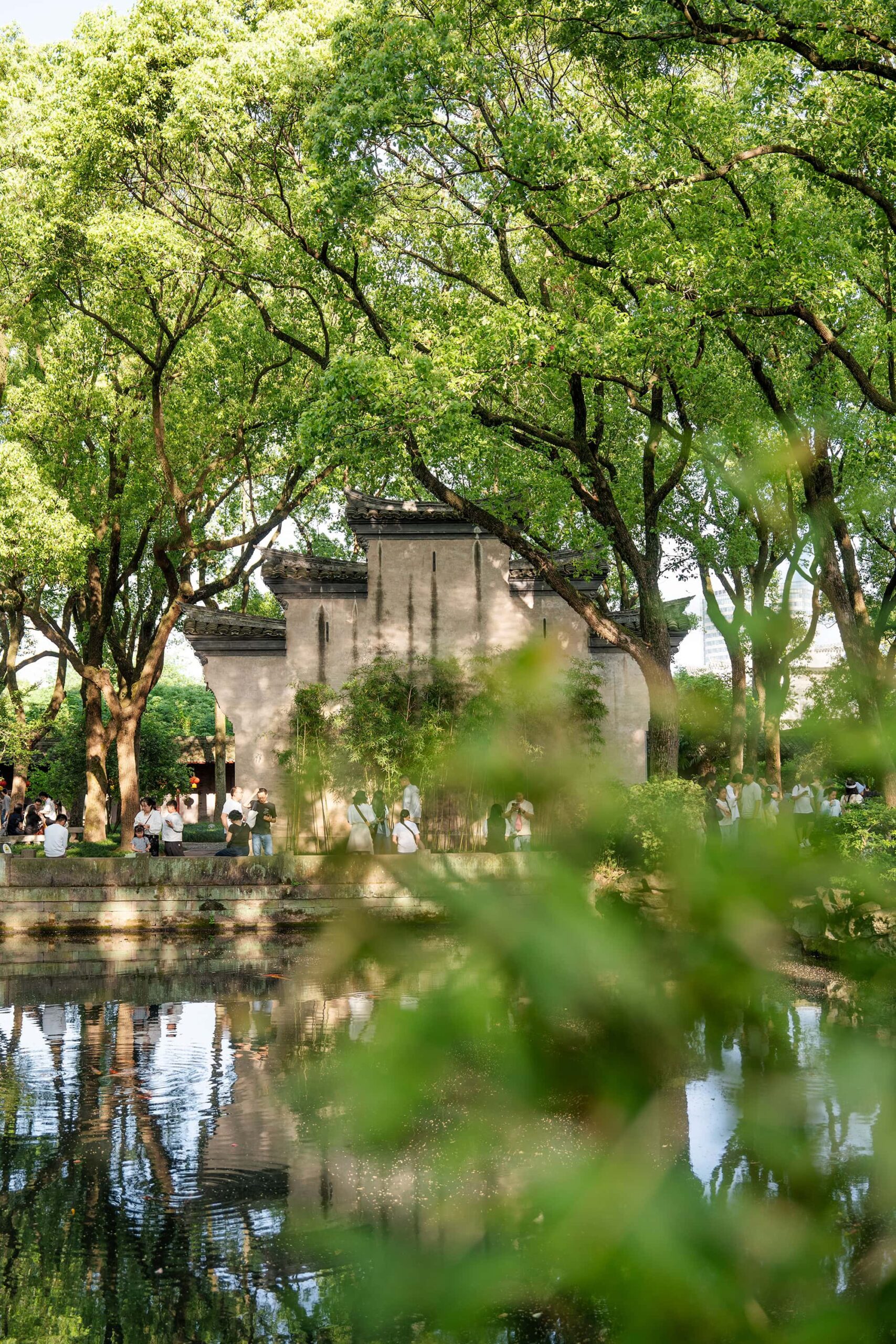
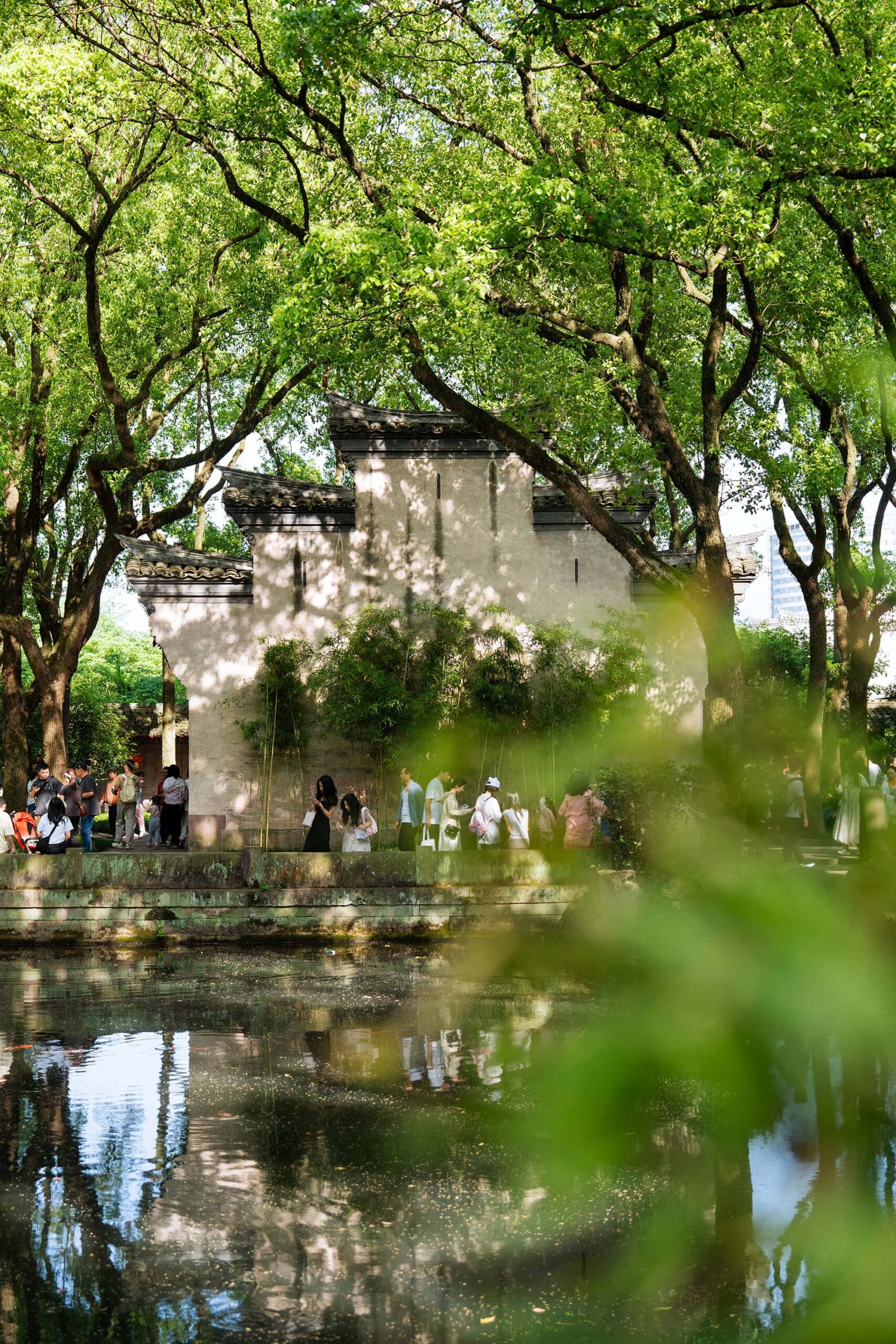
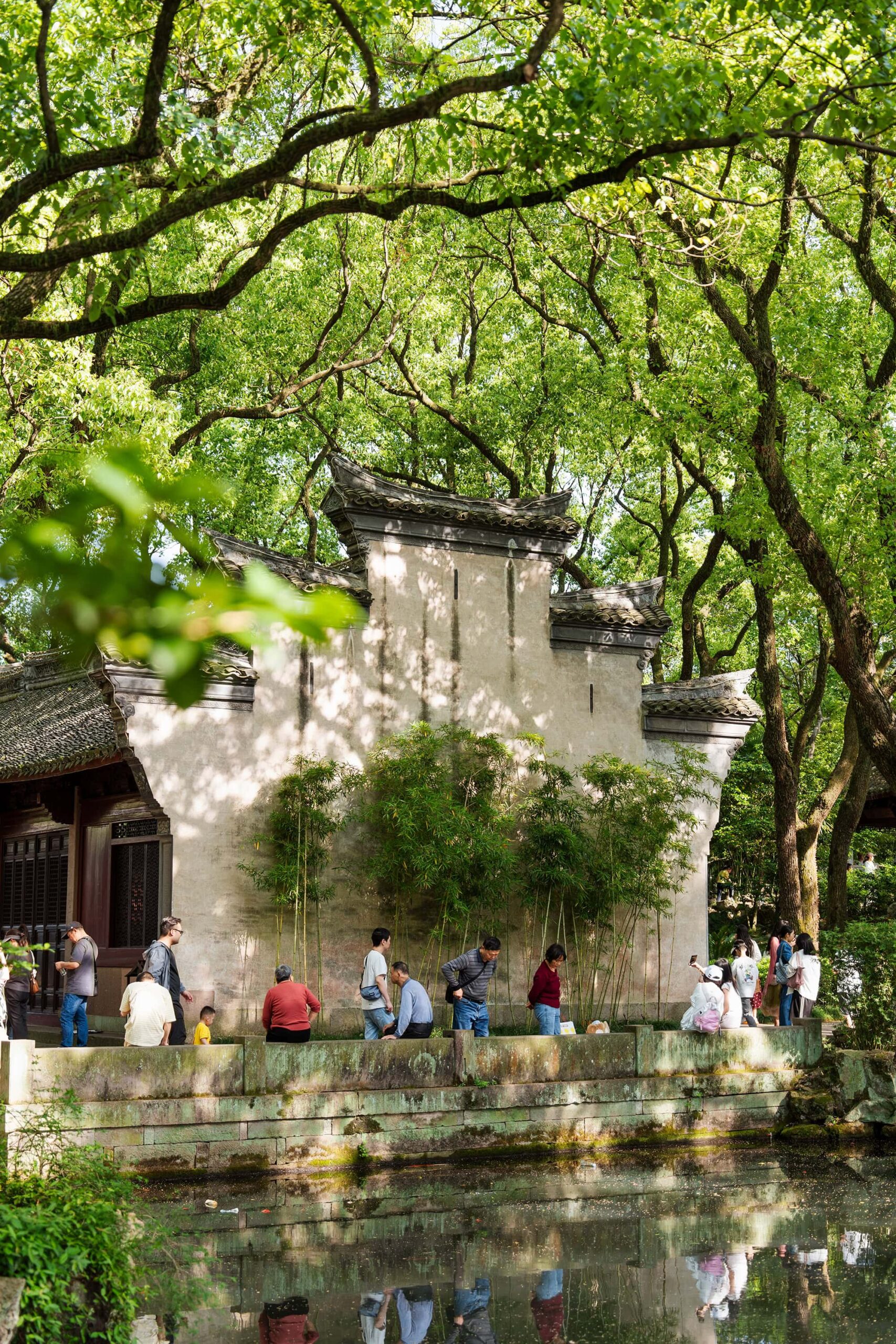
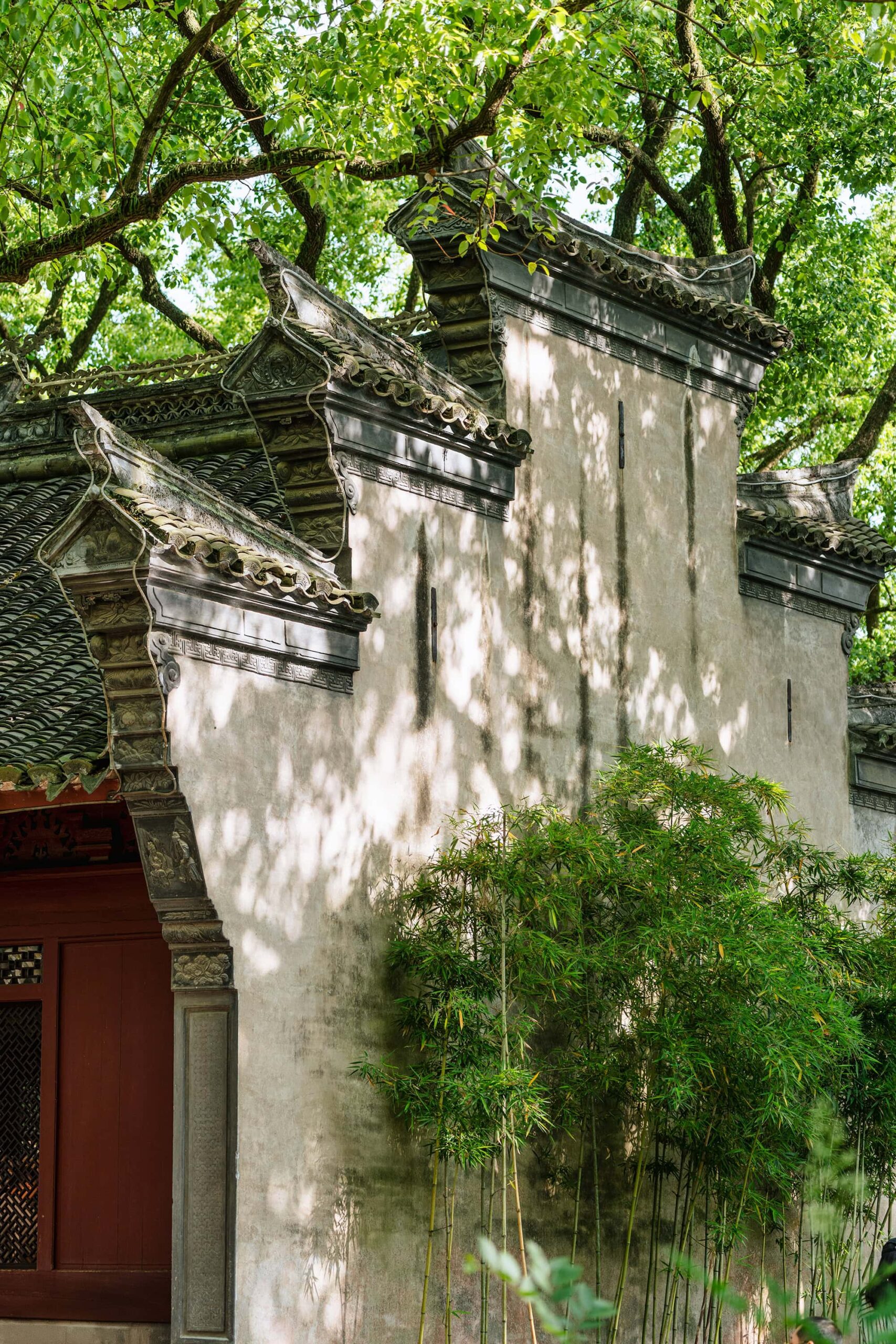
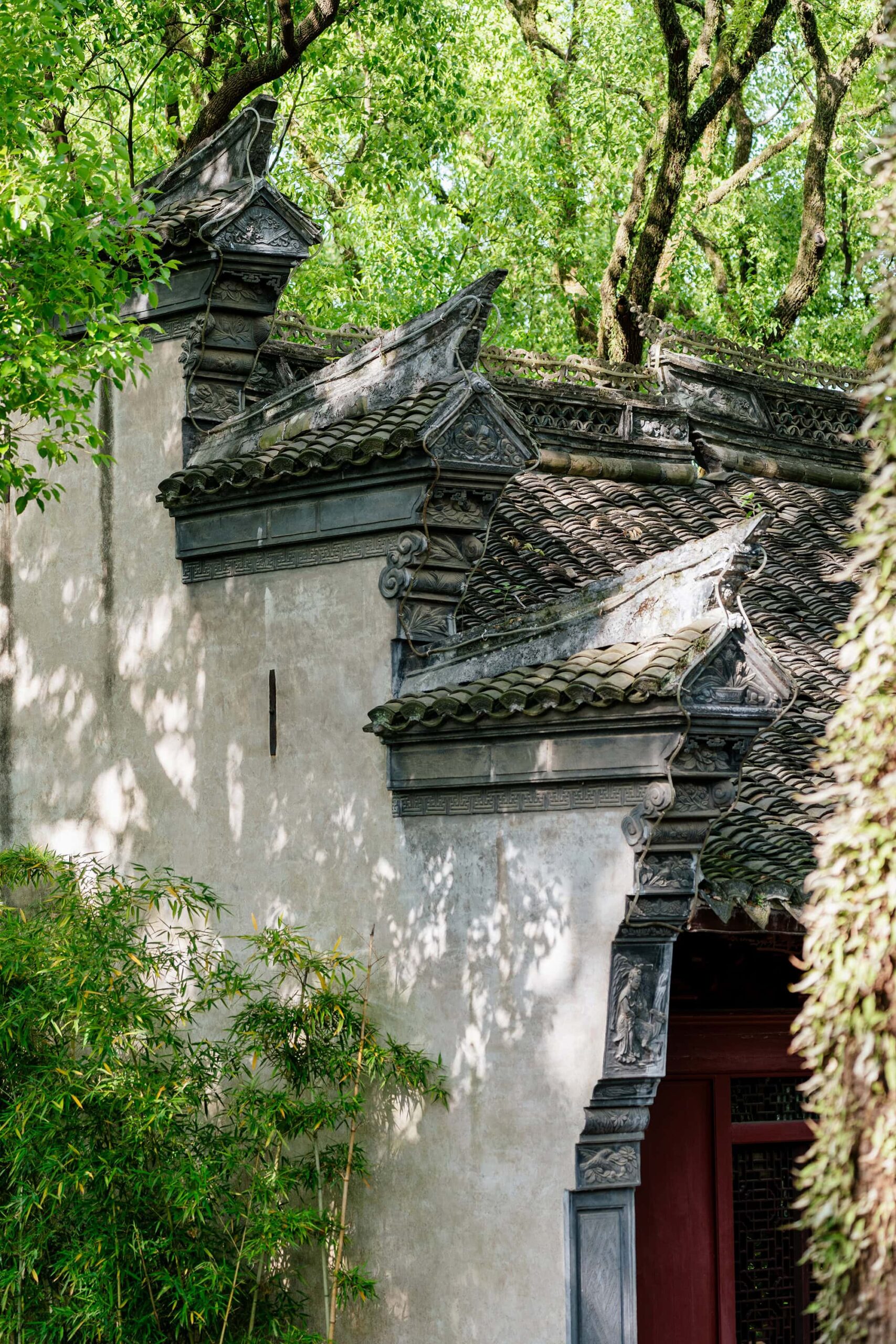
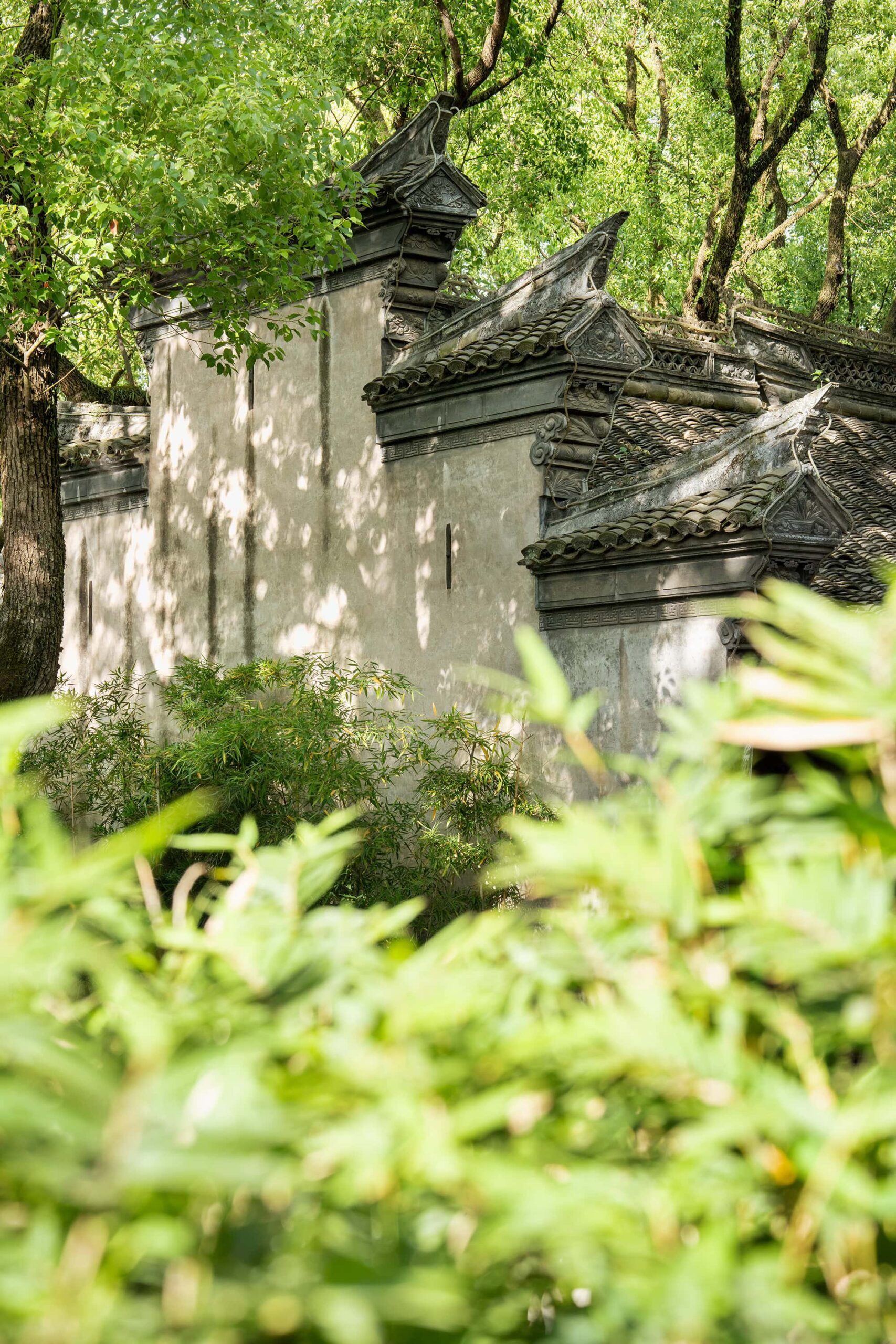












We use cookies to optimize your experience, analyze usage, and personalize content. Your continued browsing indicates consent to our cookie usage and the sharing of site interaction data with our marketing and analytics partners.